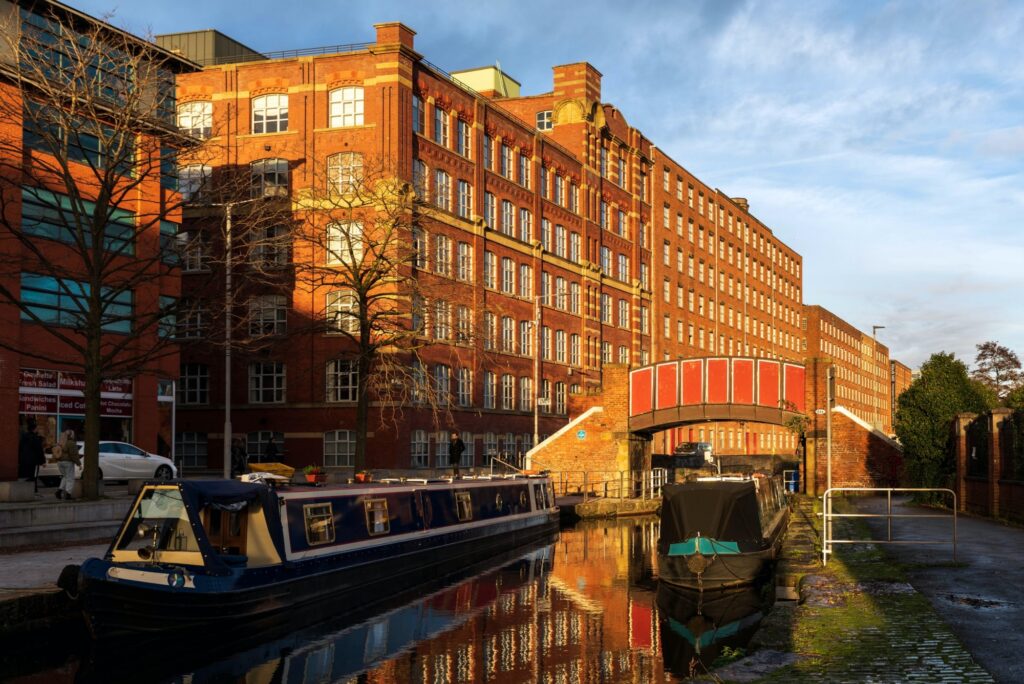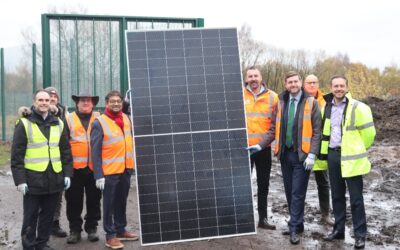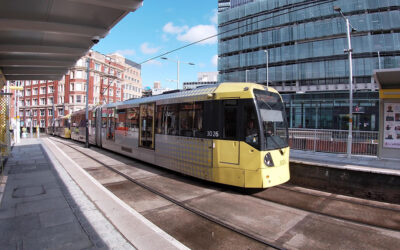 Local people and businesses have expressed their support for a public realm strategy for the next phase of development in Ancoats, helping to bring two decades of investment to completion.
Local people and businesses have expressed their support for a public realm strategy for the next phase of development in Ancoats, helping to bring two decades of investment to completion.
A consultation held in January and February this year asked for feedback on plans to enhance the next phase of regeneration in Ancoats, which includes 1,500 new homes and enhanced green spaces.
The area currently suffers from unclear street layouts, which are difficult to navigate for pedestrians, and has become a rat run for vehicles attempting to avoid Great Ancoats Street. Local streets are also impacted by commuter and short-term parking, further compounding traffic issues.
From low density uses, vacant plots and unloved streets, the public realm investment will deliver a new environment for the 1,500 homes alongside 31,000 sqm of commercial space set within generous green spaces, safe green streets and cycle ways. And the innovative mobility hub is the catalyst for new safe and calmer streets for city living integrated with new residential investment and green infrastructure.
The new strategy looks to create a low-carbon, sustainable neighbourhood with vastly reduced car use and a focus on active travel, walking and cycling routes – alongside high-quality green spaces – which are all vital components of Manchester’s ambition to become zero carbon by 2038.
Overall, the feedback through consultation showed strong support for the vision and the principles of the Public Realm Strategy. Most notably:
Ancoats Green and Green Space – improvements to Ancoats Green and the establishment of the park as the “green heart” of the neighbourhood with clear and safe walking routes to Jersey Street and the Rochdale Canal. The strategy will protect the size of the existing green space and increase the number of trees planted in the neighbourhood.
Transport and Movement – to improve the street layout and traffic management to reduce rat running through the area. To improve safe walking and cycling routes through the area and ensure the streets are pedestrian friendly, which will better integrate the Poland Street neighbourhood into the wider area.
Crime and Antisocial Behaviour – requests to address crime and anti-social behaviour through further safety measures such as more street lighting.
Ancoats Mobility Hub – Is the catalyst for the innovate, practical and deliverable proposals, shifting the emphasis of public realm design to support active travel and healthy lifestyles.
The outcomes of the consultation are subject to a report going to the Council’s executive committee this week (Wednesday, 16 March): https://democracy.manchester.gov.uk/ieListDocuments.aspx?CId=147&MId=3712&Ver=4
Cllr Bev Craig, Leader of Manchester City Council, said: “The space between buildings, how residents move through neighbourhoods and how we invest in our green spaces are all crucial elements of place making and creating attractive communities. This strategy brings these ambitions to the fore and ensures that active travel and sustainability are at the forefront of future development in Ancoats.
“Previous development in Ancoats has followed the rigid street structure laid out by Manchester’s historic mills. But the next phase of development in the area allows us more freedom to take a pedestrian first approach, creating clear and safe walking and cycling routes through the neighbourhood – and seamlessly link with new and improve public and green space.
“This investment will kick start the next phase of development in Ancoats – including 1,500 new homes across a range of tenures – bringing the 20-year regeneration story of the neighbourhood to completion.”
Ends



